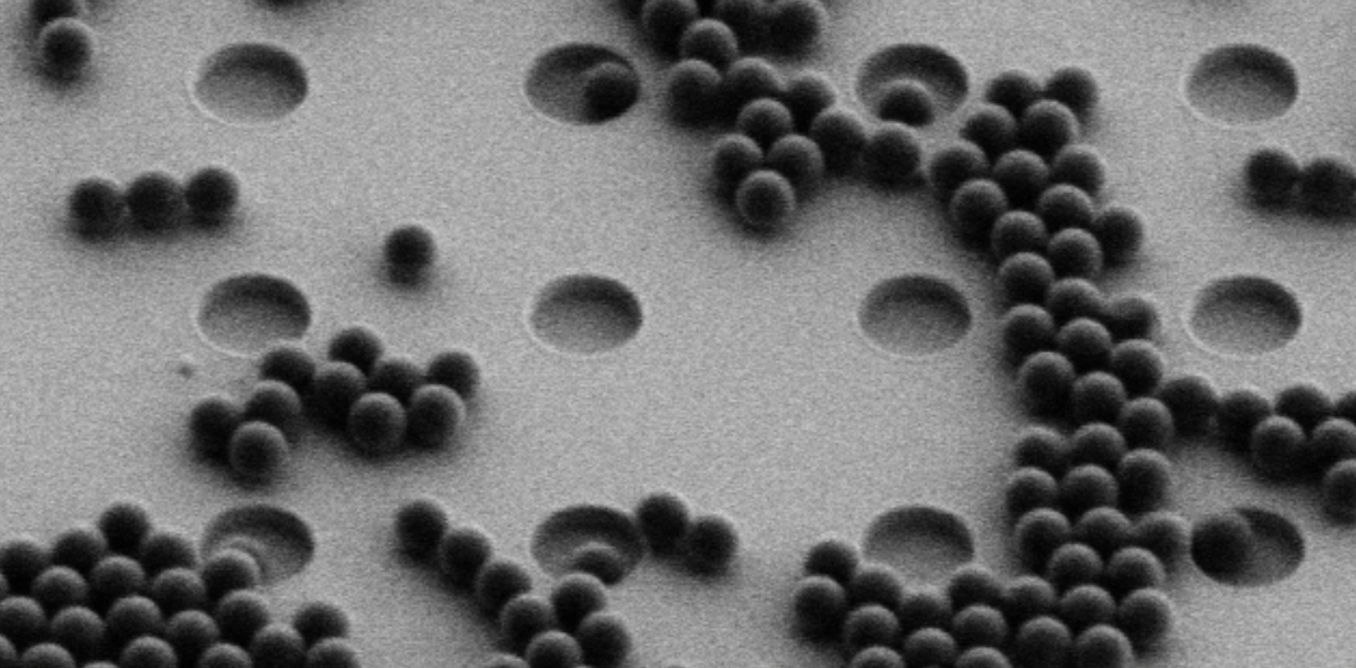Breakthrough: Microscopic Plastic Hunters Revolutionize Environmental Monitoring

In a groundbreaking revelation that underscores the pervasive nature of plastic pollution, scientists have discovered that nanoplastics can penetrate the blood-brain barrier, raising critical concerns about their potential long-term health implications. This breakthrough finding highlights the urgent need for advanced detection methods to understand and mitigate the risks posed by these microscopic plastic particles.
The ability of nanoplastics to cross this critical biological defense mechanism is particularly alarming. The blood-brain barrier, traditionally viewed as a robust protective shield, now appears vulnerable to these tiny invaders. Researchers emphasize that improved detection techniques are the crucial first step in comprehensively assessing the potential neurological and cognitive impacts of these microscopic pollutants.
As our understanding of nanoplastics evolves, this research serves as a stark reminder of the far-reaching consequences of plastic pollution. It challenges us to develop more sophisticated monitoring technologies and explore the potential long-term effects of these particles on human health. The journey to fully comprehend the impact of nanoplastics has only just begun, but each scientific discovery brings us closer to understanding and potentially mitigating their risks.








